Spectrum superiority is the ability to assure and maintain access to the electromagnetic spectrum (EMS) at home and overseas for joint and all-domain operations. It supports the tracking and jamming of enemy communications and the identification of real-time threats. In short, it delivers an improved situational awareness that allows spectrum users to adapt plans to meet conditions on the ground. Highly specialised sensors are used to collect data from the battlefield environment to provide a clear picture of threats. Applying artificial intelligence to these complex scenarios allows organisations to build an accurate picture of the battlespace in real-time.
But how can spectrum superiority be achieved?
In part, spectrum superiority is aided by the introduction of cutting-edge technologies to strengthen the modern, multi-domain battlespace. Wireless connectivity allows big data to be collected from the warfighter environment. As military-specific applications increase, it’s essential for military units to access secure and resilient tactical radio networks.
For the past three decades, ATDI has been developing robust and secure wireless connectivity solutions for the military. HTZ Warfare exploits spectrum dependent systems. It features dedicated military functions for the management of communications links, electronic warfare sensors, radio jammers and radars. Planning tactical missions using receivers, direction-finding and communications jamming equipment are easy. It plans the deployment of sensors to maximise the probability of mission success while minimising the number of sensors to be deployed.
In addition to emerging technologies, spectrum superiority focuses on open architectures for system integration. HTZ Warfare works in standalone mode or can be integrated into larger systems. To support integration, it features automated workflows which simplify processes within the software. Using RESTful API the software interacts with front-end web services. The API acts as the messenger between HTZ and the user, providing fully automated front-end web services which interact with the back-end RF spectrum engine. This solution features a client-server architecture and requests are managed through HTTP or other secure modes. Other architectures like WIN socket provide high levels of interoperability and plug-in functions for users. This automated web service allows users to interact with the spectrum engine in real-time, adjusting the radio network to respond to the conditions in the battlespace.
With the use of big data on the rise, ATDI is implementing workflows to support the use of artificial intelligence and machine learning. This will allow our software solutions to adapt and perform tasks without explicit instructions. One significant benefit is the ability to analyse large swathes of data to reveal patterns and trends in the battlespace domain to improve operational effectiveness.
ATDI
ATDI supply frequency assignment and spectrum management solutions to defence, government and security agencies. These solutions exploit spectrum-dependent systems, including communications links, electronic warfare sensors, radio jammers and radars.
HTZ Warfare produces highly resilient, self-forming / self-healing tactical networks to meet the needs of today’s dynamic warfighter operations. It features automation functions to create transmission paths over different terrains and environmental conditions. And quickly and simply re-routes paths when nodes break down or lose connectivity. HTZ Warfare is capable of modelling airborne, terrestrial and maritime platforms.

